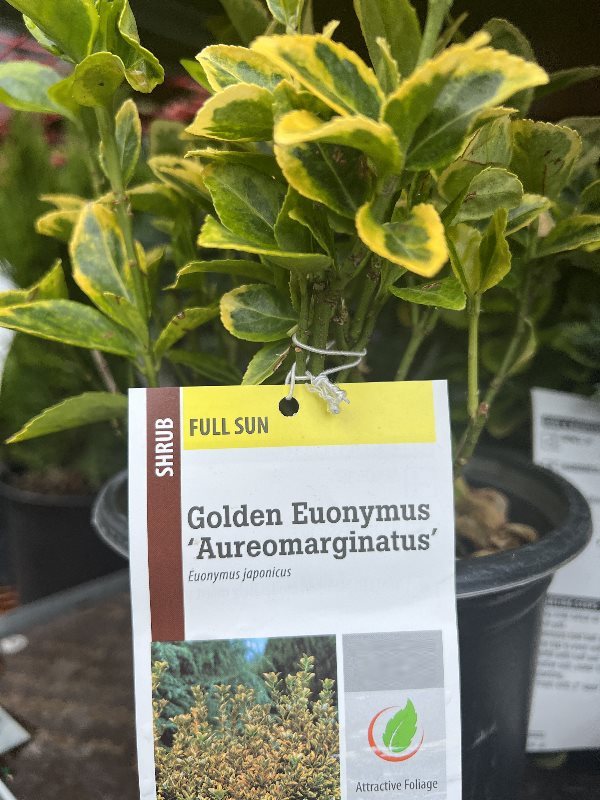
Ashley Davidoff TheCommonVein.net Our Garden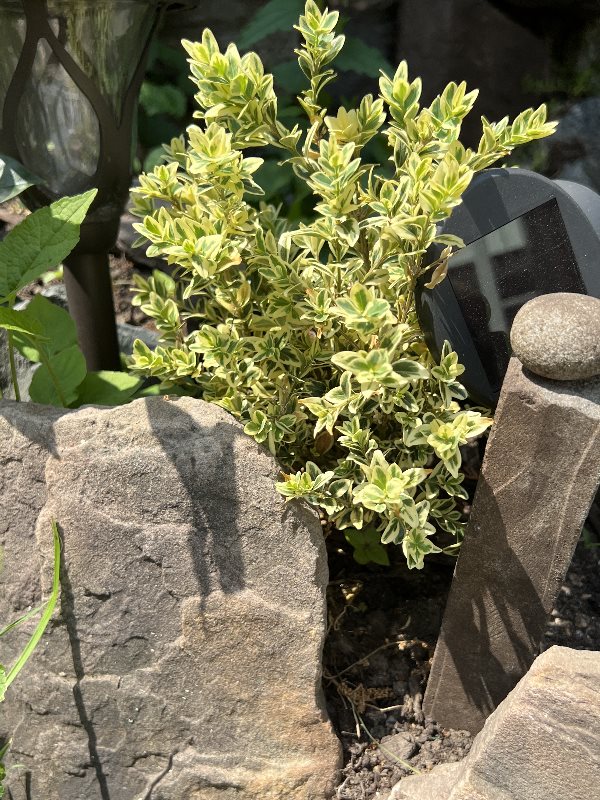
Japanese spindle tree (Euonymus japonicus ‘Aureomarginatus’)
Ashley Davidoff TheCommonVein.net Our Garden
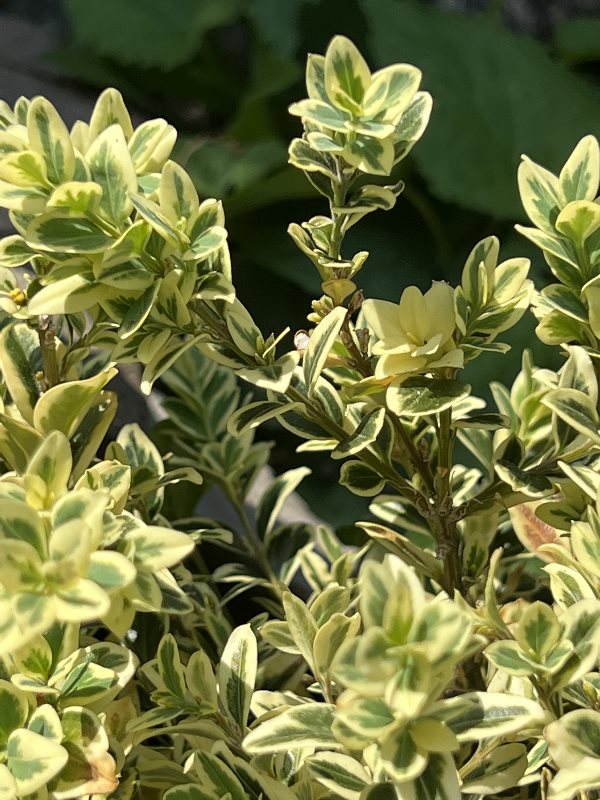
Japanese spindle tree (Euonymus japonicus ‘Aureomarginatus’)
Ashley Davidoff TheCommonVein.net Our Garden
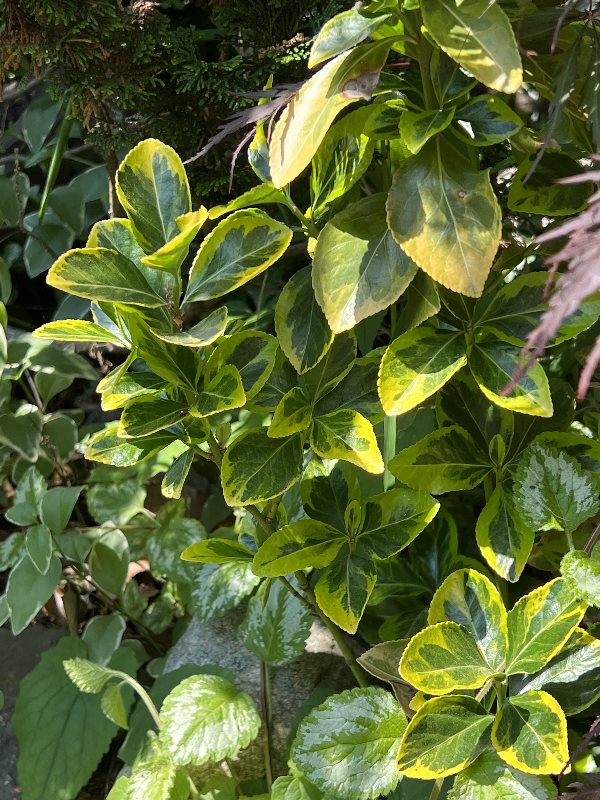
Ashley Davidoff TheCommonVein.net Our Garden
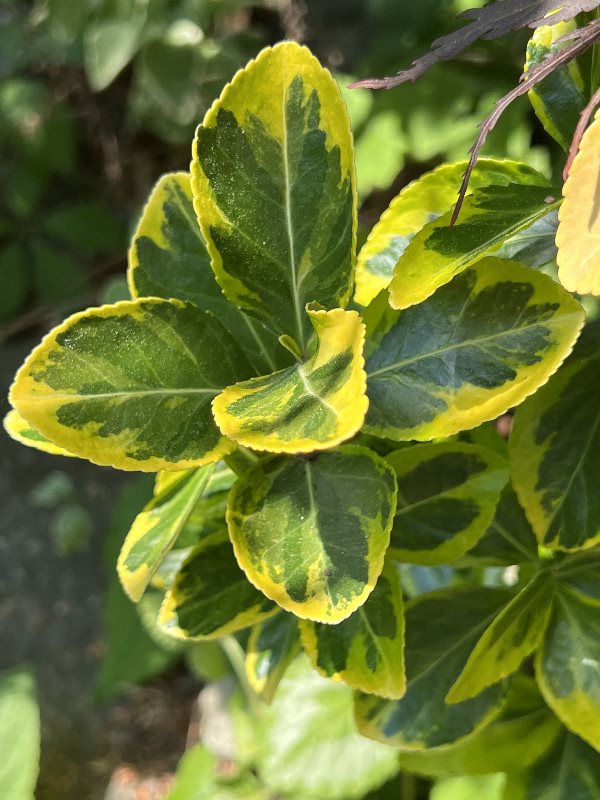
Ashley Davidoff TheCommonVein.net Our Garden
Euonymus is a genus of flowering plants that belong to the family Celastraceae. It encompasses a wide range of species, cultivars, and hybrids, commonly known as spindle trees or euonymus. These plants are valued for their attractive foliage, vibrant autumn colors, and ornamental berries. Here are some key features and information about Euonymus:
- Foliage: Euonymus plants exhibit a variety of foliage types, including evergreen and deciduous species. The leaves can be oval or lance-shaped, depending on the species. The foliage color varies from green to variegated patterns of green, yellow, white, or silver, adding visual interest to the garden.
- Flowers: Euonymus plants produce small, inconspicuous flowers that are typically greenish-yellow in color. The flowers may appear in clusters or singly, depending on the species. While the individual flowers may not be showy, they often contribute to an overall attractive appearance when viewed up close.
- Berries: One of the distinctive features of many Euonymus species is the production of colorful berries. These berries can range in color from shades of pink, red, orange, or purple, depending on the species and cultivar. They provide a striking display during the autumn season and can persist into winter, adding visual interest and attracting birds to the garden.
- Growth Habit and Size: Euonymus plants vary in growth habit and size. Some species are low-growing and compact, while others can grow into large shrubs or small trees. The ultimate height and spread depend on the specific species and the growing conditions.
- Ornamental Uses: Euonymus plants are popular choices for ornamental purposes due to their attractive foliage and colorful berries. They are commonly used in hedges, borders, mass plantings, or as standalone specimens. Certain cultivars are suitable for ground cover or container gardening.
- Sun and Soil Requirements: The sun and soil preferences of Euonymus can vary depending on the species and cultivar. In general, they thrive in full sun to partial shade conditions. As for soil, they prefer well-drained soil but can tolerate a range of soil types, including loam, clay, or sandy soil.
- Maintenance: Euonymus plants are relatively low-maintenance. They require regular watering during the establishment period, but once established, they are generally drought-tolerant. Pruning can be done to maintain shape, control size, or remove any damaged or diseased branches.
- Common Species and Cultivars: Some popular Euonymus species and cultivars include Euonymus fortunei (Wintercreeper), Euonymus alatus (Burning Bush), Euonymus japonicus (Japanese Spindle), Euonymus europaeus (European Spindle), and Euonymus kiautschovicus (Manhattan Euonymus), among others. There are also numerous cultivars and hybrids available, offering a wide range of foliage colors, growth habits, and sizes.
It’s important to note that while Euonymus plants can be beautiful additions to the landscape, some species, such as Euonymus alatus (Burning Bush), can be invasive in certain regions. It is essential to choose non-invasive species or check with local authorities regarding any restrictions or guidelines for planting Euonymus in your area.
As with any plant, it is recommended to research the specific species and cultivars to understand their requirements and characteristics before incorporating Euonymus into your garden.
